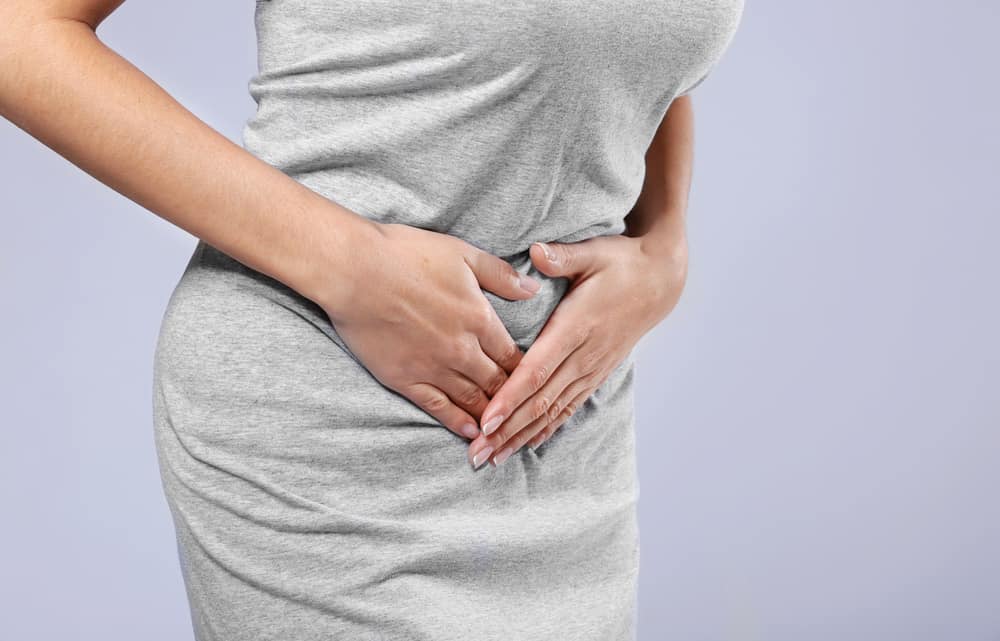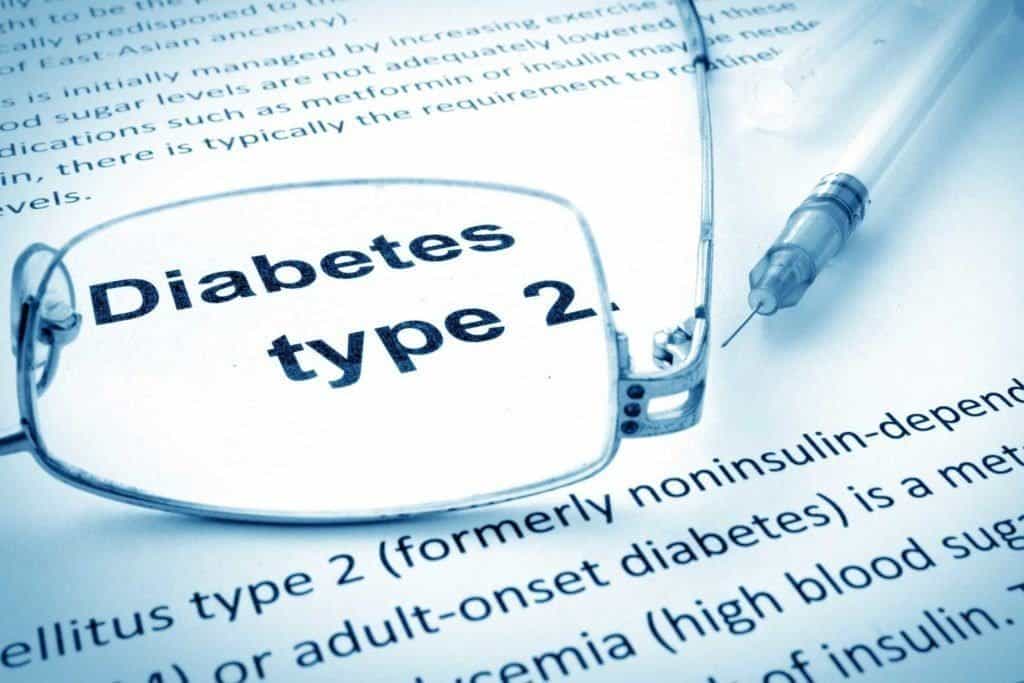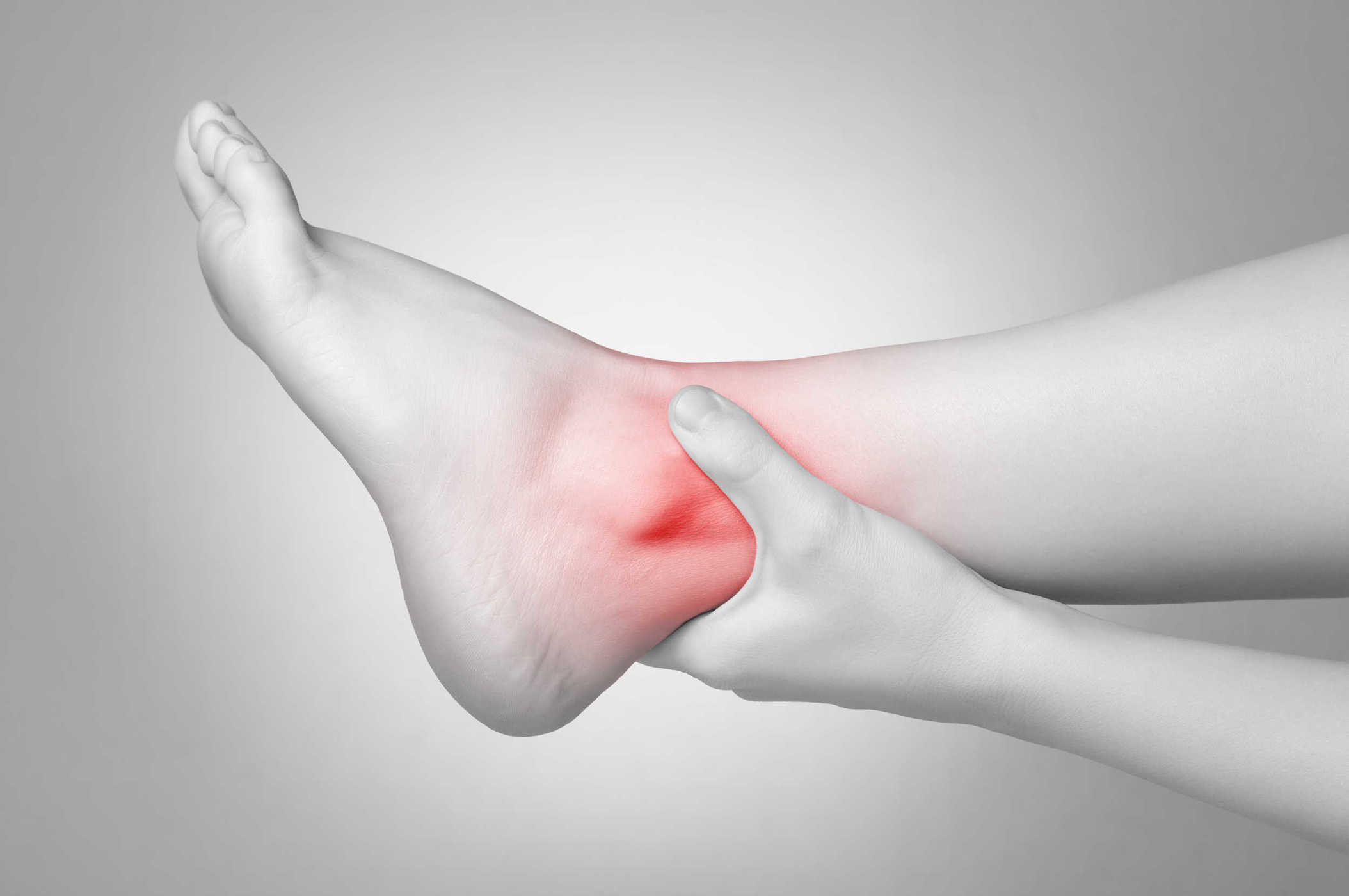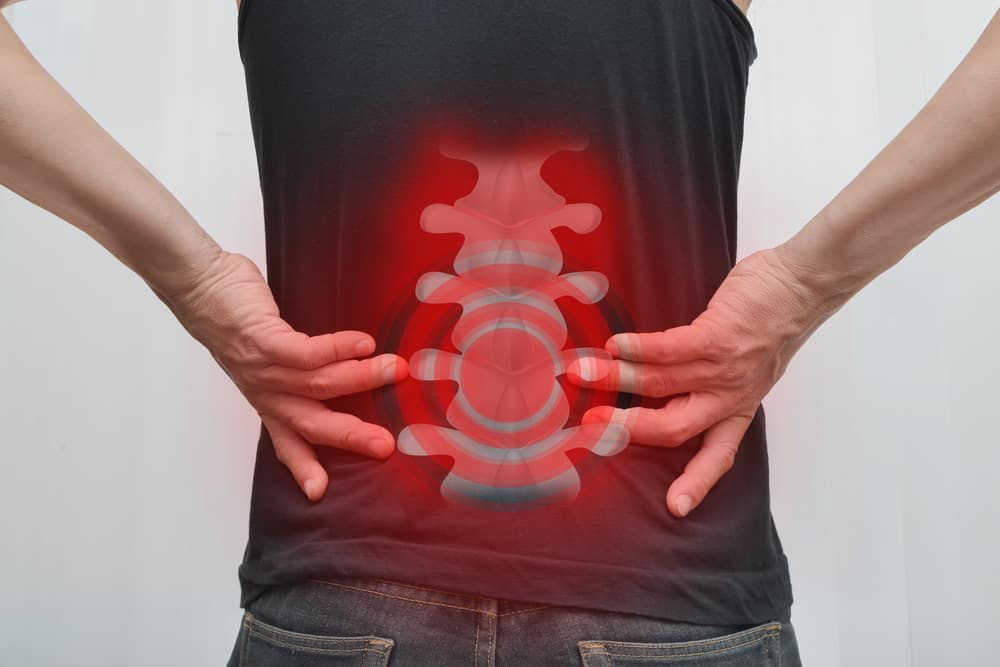Contents:
- Medical Video: Endometriosis
- Overview of endometriosis
- Causes of endometriosis
- 1. Retrograde menstruation
- 2. Changes in embryonic cells
- 3. Surgical scars
- 4. Circulation of endometrial cells
- 5. Impaired immune system
- 6. Heredity factors
- 7. Environmental factors
Medical Video: Endometriosis
Endometriosis is a health disorder that affects the lower abdomen in women, and generally occurs in women of childbearing age. This condition occurs when tissue in the uterine wall grows outside the uterus. The exact cause of endometriosis is unknown, but there are a number of possibilities or that can trigger endometriosis.
Overview of endometriosis
Endometriosis is an abnormal condition of thickening of the uterine wall tissue (endometrium). Normally, the uterine wall tissue will only thicken before ovulation to prepare yourself so that prospective fetuses can attach to the uterus, if fertilization occurs.
If there is no fertilization, the endometrium that has thickened will decay into blood. That's when your menstruation starts.
In the case of endometriosis, the persistent thickening will irritate the surrounding tissue, causing inflammation, cysts, scar tissue, and ultimately symptoms.
Usually endometriosis causes tremendous pain during menstruation, pelvic pain, and heavy menstruation. In addition, some women also complain of pain when defecating, urinating, or during intercourse. In serious cases endometriosis can also inhibit pregnancy, even cause infertility.
Endometriosis can occur in women in the fertile age range. The exact cause of endometriosis is not yet known. However, it is suspected that there are genetic, environmental, and anatomical factors that play a role in the emergence of endometriosis.
Causes of endometriosis
There are several things that might be the cause of endometriosis. To confirm the diagnosis, immediately check with your doctor. However, you who have the conditions below should be more vigilant.
1. Retrograde menstruation
Retrograde inflammation occurs when menstrual blood containing endometrial cells flows back into the fallopian tube and into the pelvic cavity, and not outside the body.
These endometrial cells attach to the pelvic wall and the surface of the pelvic organs, where they grow and continue to thicken and bleed throughout the menstrual cycle.
2. Changes in embryonic cells
The estrogen hormone can change embryonic cells, ie cells in the early stages of development, into endometrial cell implants during puberty. In other words, endometriosis is stimulated by unbalanced levels of the hormone estrogen.
3. Surgical scars
After surgery such as hysterectomy or delivery by caesarean section, endometrial cells can attach to the surgical incision.
4. Circulation of endometrial cells
The blood vessel system or tissue fluid (lymphatics) can transport endometrial cells to other parts of the body.
5. Impaired immune system
It is possible that problems with the immune system might make the body unable to recognize and destroy endometrial tissue that grows outside the uterus.
A bad immune system plays an important role because it allows abnormal cells to continue to grow outside the uterus.
6. Heredity factors
It is possible that endometriosis is influenced by hereditary factors. A woman with a family member who has endometriosis is more susceptible to developing endometriosis as well.
7. Environmental factors
Environmental factors can trigger endometriosis. Some studies show exposure to harmful toxins and radiation as a contribution to the development of this disease. Toxic chemicals such as phthalates can affect the immune system response and reproductive hormones.












